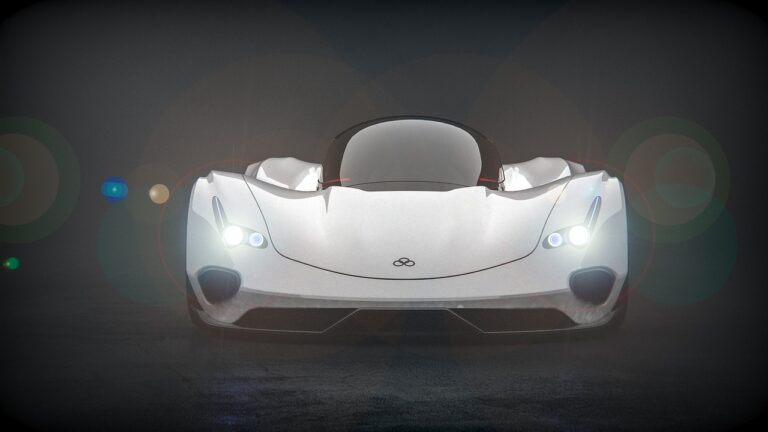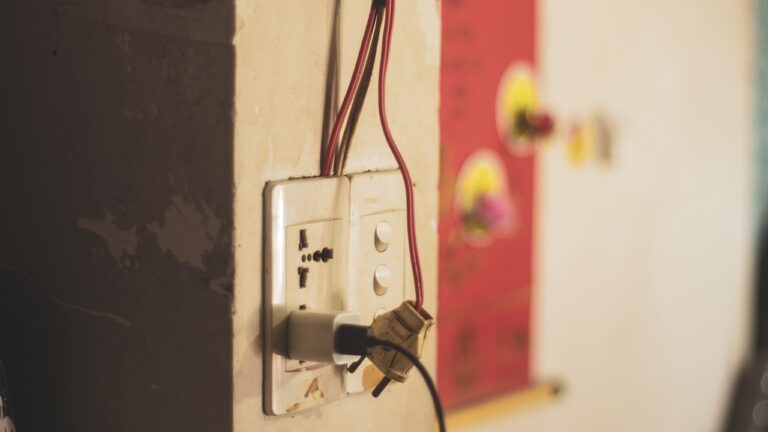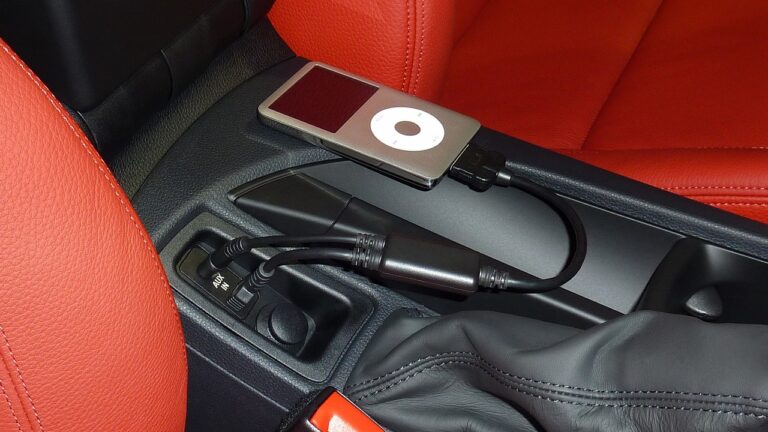How Virtual Reality Is Changing Car Design and Testing
Virtual reality (VR) technology has revolutionized the automotive industry, offering a host of benefits that have transformed various processes within the sector. By integrating VR into car design, manufacturers can achieve enhanced visualization and immersion like never before. Designers can now step inside a virtual vehicle, allowing them to assess every aspect of the design in a highly detailed and realistic manner. This level of immersion enables more precise and efficient design decisions to be made, ultimately leading to the development of more innovative and appealing vehicles.
Additionally, VR technology has streamlined prototyping and simulation processes within the automotive industry. Gone are the days of expensive and time-consuming physical prototypes, as VR now allows for virtual prototypes to be created and tested rapidly. This not only accelerates the design and development phases but also reduces costs associated with traditional prototyping methods. Furthermore, virtual simulations enable engineers to conduct thorough testing in a controlled environment, identifying potential issues and making necessary adjustments before physical production begins.
Enhanced Visualization and Immersion in Car Design
Car designers are increasingly turning to virtual reality technology to revolutionize the way they conceptualize and create new vehicle models. By immersing themselves in a virtual environment, designers can gain a more realistic sense of scale, proportions, and aesthetics. This enhanced visualization allows for a more intuitive and detailed design process, ultimately leading to more refined and innovative car designs.
Moreover, virtual reality technology enables designers to interact with their creations in a way that was previously impossible. By stepping into a 3D simulated world, designers can explore every angle and detail of a vehicle design, making adjustments and iterations in real-time. This level of immersion not only accelerates the design process but also ensures a more thorough and comprehensive evaluation of the design before it moves into the physical prototyping phase.
Streamlining Prototyping and Simulation Processes
In the automotive industry, the use of virtual reality technology has revolutionized the prototyping and simulation processes. Designers and engineers can now create, modify, and test car prototypes in a virtual environment, saving both time and resources. By immersing themselves in a digitally generated world, they can visualize every detail of a vehicle’s design, from its exterior aesthetics to its internal mechanisms, with greater accuracy and efficiency. This level of enhanced visualization not only streamlines the prototyping phase but also facilitates better decision-making and problem-solving throughout the design process.
Furthermore, virtual reality technology allows for real-time simulations of various scenarios, such as crash tests, aerodynamic analysis, and performance evaluations, without the need for physical prototypes. This means that automotive companies can quickly assess the structural integrity and performance of a vehicle before it even enters the physical testing phase. By streamlining the simulation processes in this manner, manufacturers can identify and address potential issues early on, leading to a more efficient and cost-effective design and development cycle.





